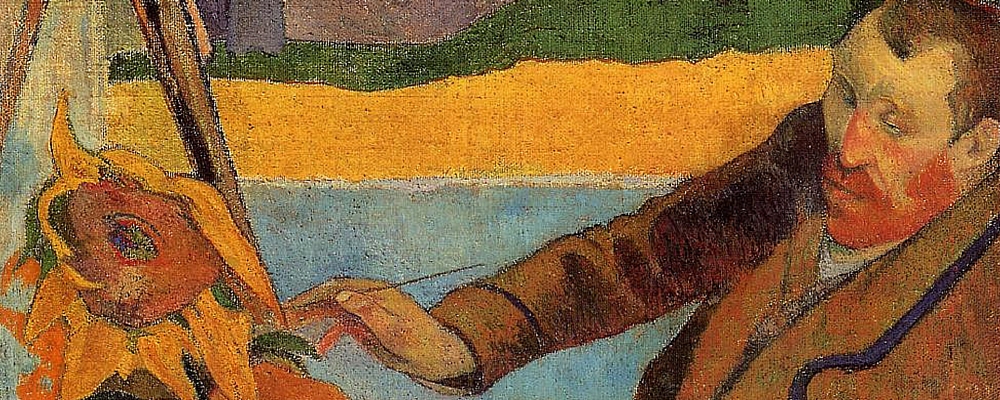Creativity on My Mind: 5 Takeaways from the National Endowment for the Arts
September 25, 2015 | Cecily Erin Hill

In July 2015, the National Endowment for the Arts, along with the Santa Fe Institute working group released a report on a 2014 gathering of artists and scientists. The aptly-named report is concerned with “How Creativity Works in the Brain,” as well as why this is a fruitful area for study. The report seeks less to provide answers than it does to raise questions. Here are our takeaways from it:
1. The NEA and its partners have lofty, laudable, goals for the study of creativity and the brain, and they strategically argue that better science-based evidence regarding creativity could lead to better support for creative programming and support in the U.S.
In his introduction to the report Bill O’Brien makes this clear:
“We might transform the way we invest in education so as to instill improved problem-solving and critical thinking capacities across all levels of society. We might revamp Artificial Intelligence to confront and solve the world’s most wicked problems many times faster and more effectively than we ever could. Or we might be able to explain that the little girl playing jazz licks on the piano is actually building the pattern-recognition and improvisational skills she’ll need one day to cure the common cold, build a better burrito, or write a song that will teach the world to sing.”
2. While we may know that we need to study creativity, we don’t know exactly how to define it – and that’s okay.
The report states that “There is no general theory of creativity. This is partly because creativity is typically viewed as a complex or syndrome that is multifaceted and varied in expression.” Instead, the authors provide a few definitions. In one, “creativity combines ‘novelty’ with ‘value’ or ‘utility’ for some purpose or problem.” In another, it’s characterized by “memory, divergent thinking, convergent thinking and flow.”
3. Of course, creativity can be found far beyond the arts.
In two seminal texts on creativity and the mind, Howard Gardner (Creating Minds) and Mihaly Csikszentmihalyi (The Psychology of Discovery and Intention) recognize “that common threads run throughout creativity in all fields of human endeavor.” Or, as Charles Limb states, “We should look at mathematicians. There are many, many different kinds of creativity. Athletic creativity, scientific–I think we should look at every form of creative behavior to find universals in the forms that are not genre-specific.”
4. Researchers are doing some fascinating work on the nature of creativity.
![The Human Brain, Divided According to Bernard Hollander's System of Phrenology, 1902, Wellcome Collection, London [Public Domain] via Wikimedia Commons](https://s3.amazonaws.com/booksatwork/wp-content/uploads/2015/09/The_human_brain_divided_according_to_Bernard_Hollanders_sy_Wellcome_V0009496-1.jpg)
The Human Brain, Divided According to Bernard Hollander’s System of Phrenology, 1902, Wellcome Collection, London [Public Domain] via Wikimedia Commons
a) At Johns Hopkins University, Mariale Hardiman integrates the arts into science courses, finding that “arts-integrated approaches to science learning helped students at more basic levels of reading and writing proficiency retain more information long-term than students who began with stronger reading and writing skills.”
b) Robert Bilder is using MRI and fMRI technology to looks at the state of flow in the brain.
c) Chand O’Neal is studying flow in “arts-integrated” classrooms, finding that students self reported that they had “more positive attitudes about the arts”; “greater class participation”; “more frequent experience of being positively challenged”; and ���better resources for solving problems outside the arts,” among other results.
5. Creativity in general aligns with our sense of why literature is important for readers and writers – it flexes our thinking capabilities and connects us to others.
As Polly Car notes, the power of creativity is, in part, “To see yourself small on the stage of another story; to see the vast expanse of the world that is not about you, and to see your power to make your life, to make others, or to break them, to tell stories rather than be pulled by them.”
“How Creativity Works in the Brain,” is an interesting report, not the least because it so carefully sums up creative attributes. It’s a resource for those seeking a working definition of creativity, or who want to dig a little further into the thought processes that make it up. But its importance is in part an attribute of its birth: in conversation. The report brings together people who rarely speak to each other – though they share so many of the same investments and interests. As a result, the report is at times astoundingly elegant, at others technical and at all times is drives us toward “a conviction grounded in empirical evidence” that “creativity is part of what it means to be human.” Would that we could witness more such conversations.
Image: Paul Gauguin, Van Gogh Painting Sunflowers, 1888, Van Gogh Museum, Amsterdam [Public Domain] via wikiart.org
